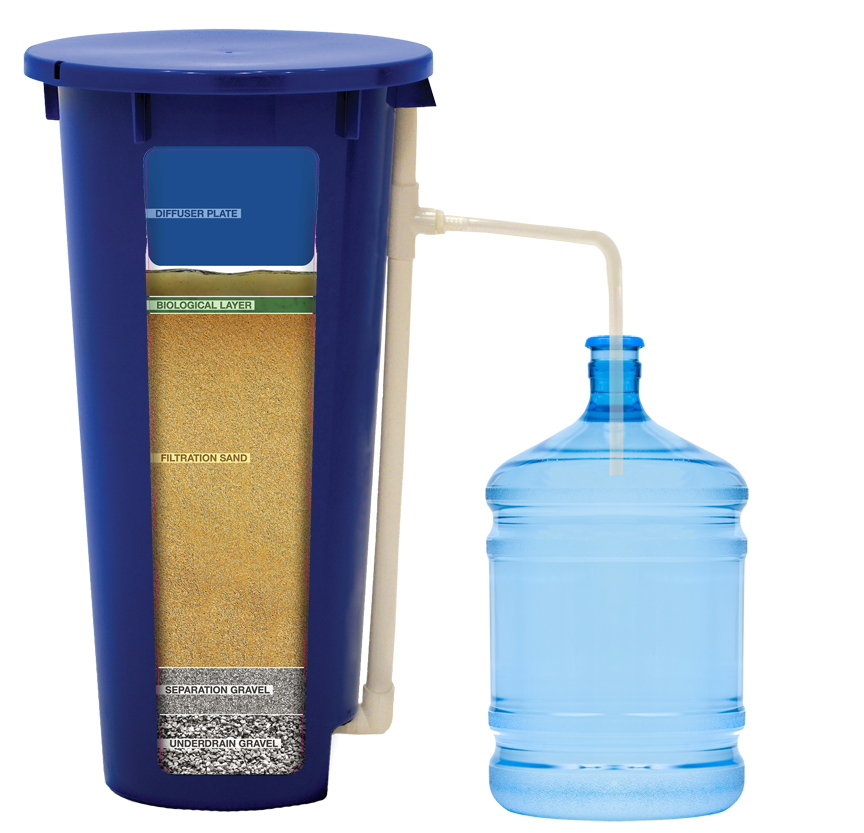Physical geography is part of the science of geography that studies all the physical conditions on phenomena that occur on earth. Physical conditions on the earth's surface vary. This is due to differences in exogenous and endogenous forces in a region. For example, in Indonesia, from the east to the west, there is a different phenomenon. Such as the presence of volcanoes, highlands, rock removal and landslides. These differences in phenomena can have positive and negative impacts on people in Indonesia. Another example which is a branch of physical geography is weather/seasons. There are two seasons in Indonesia, namely the rainy season and the dry season. This phenomenon also has a positive and negative impact on society. Negative impacts often occur on the community during the dry season. Several areas in Indonesia experienced drought due to the long dry season. The prolonged dry season results in the unavailability of clean water sources.
Clean water sources are difficult to obtain, triggering people to innovate. The innovation is to make a dirty/cloudy water distillation site into clean water. Clean, distilled water is also suitable for consumption. The source of distilled water usually comes from a nearby river or lake. The water is put into the distillation. making a water distillation using simple tools and materials. One of the materials is to use a used paint bucket. To be able to create a distillery follow these steps.
Tools and materials
Here is a video for making a water distillation barrel.
Tools and materials
- Paint bucket
- Palm fiber
- Fine sand
- Gravel
- Moringa seeds
- Charcoal from coconut shell
- Coir
- Mosquito net from plastic
- Pipe
- Paralon glue
- Tap water
- Prepare tools and materials to make a water distillation.
- This step consists of 2 filtering buckets. One bucket to hold dirty water and the other bucket to filter dirt.
- Make a water faucet hole with a height of 10 cm from the bottom of the drum in both paint buckets.
- Connect the paralon pipe to the hole in the paint bucket.
- Install the water faucet on the paralon pipe. Wrap the faucet with mosquito netting. mosquito netting is useful for filtering out the remnants of dirt in the water before it is used
- Wash the filter materials. Such as gravel, charcoal, sand, and fibers until completely clean.
- Dry the filter materials in the sun.
- Arrange the filter material in the paint bucket. The order starts from the bottom to the top, namely 10 cm of gravel, 10 cm of sand, 5 cm of palm fiber, 10 cm of gravel, 10 cm of sand, 15 cm of charcoal, 5 cm of palm fiber, 10 cm of gravel, 10 cm of sand, and palm fiber. 15 cm. The preparation of the filter material must be tight and even. There should be no voids between layers because dirt can pass through the filter layer.
- Add moringa seeds, tamarind seeds, rosella seeds, or ground peanuts. The dose is 200 liters of water, 200 grams of Moringa seeds are needed.
- Stir then wait until the mixture settles.
- Drain water from the collection bucket to the filter bucket
- Boil the water flowing from the filter. If you want to use it as drinking water or other needs
Here is a video for making a water distillation barrel.




